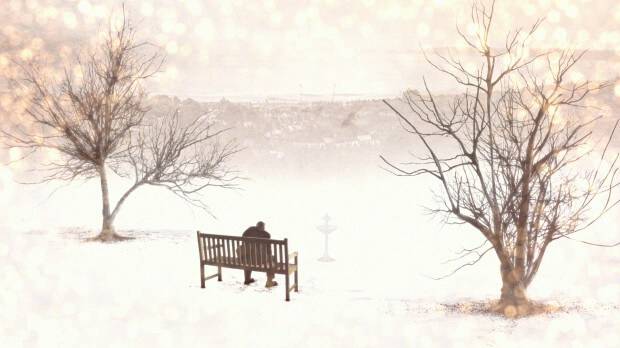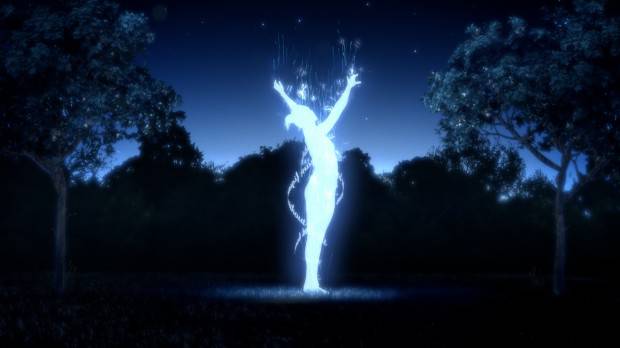Aardman’s Bram Ttwheam on Hunchback in the Park
To celebrate the centenary of Welsh Poet Dylan Thomas, BBC Wales commissioned Aardman to make a short film based on The Hunchback in the Park.
This beautiful, many layered poem about a man who is both physically and mentally different from the people around him, offers many opportunities for different creative interpretations. The man tasked with putting his own interpretation on the screen was Aardman Director Bram Ttwheam, who has previously worked on ‘A Matter of Loaf and Death’ and ‘Creature Comforts.’
We had a quick chat with Bram to find out how he went about putting his own spin on one of Dylan Thomas’ most enduring poems.
- Hunchback in the Park is a very multi-layered poem, how did you come to your interpretation of Dylan’s words, and how important was it to you that the audience was free to come to their own understanding?
On first reading the poem it strongly suggested the sense of being an outsider wrestling with self-loathing. There was also sympathy for the victimised and a feeling of nostalgia. It’s not an altogether joyful poem but on further readings other more subtle themes begin to surface: the passage of time, the release that creativity can bring and the soothing hand of nature to name just a few. The more you read the poem the more it gives to you and the more you realise that you are giving to it. It’s an amazing thing that art can sometimes make the audience become the artist. That was something I hoped to carry through with the imagery. It was important not to produce a literal interpretation of the words but to leave room for the viewer’s imagination to express itself.
- Dylan’s life, and particularly his struggles with alcoholism and depression are well know. Is the film in any way influenced by what you know of Dylan’s life outside of the words of this particular poem?
To be perfectly honest most of the influence for the film comes from within the poem itself. I do know of Thomas’ by reputation and works such as ‘Under Milk Wood’. He is what you might call a ‘rock and roll poet’ but I actually didn’t know a huge amount about him, his work or his life. Making this film has been an education for me and has inspired further research.
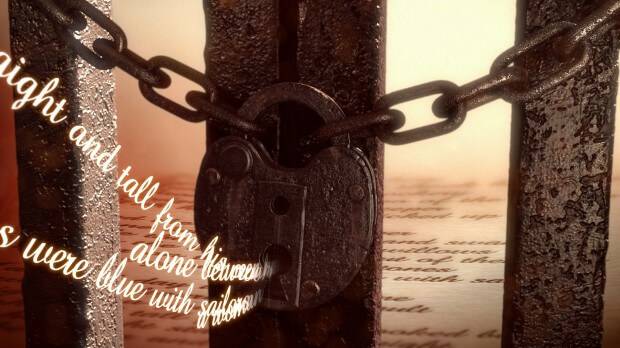
3. Was Michael Sheen always your first choice for the voice, and what qualities did you feel he brought to the performance?
When I was approached Michael Sheen had already donated his reading. I had a few takes to choose from all of which were amazing and I have to say that I would definitely have chosen him. There is a recording of Thomas himself reading the poem which for me pales by comparison. Michael Sheen manages to imbue his reading with sadness, menace, hope and a myriad of emotions without ever overplaying it. It’s extraordinary.
- Were you ever tempted to use the existing recording of Thomas himself reading the poem?
Thomas’ own reading has an ominous quality that I think does not really do his own words justice. If I had worked with that recording I suspect the results might have been more monochrome. I’ve listened to authors reading their own work on many occasions and although they obviously feel the words keenly they can rarely make them live in the way an actor can. I’m very happy to have had Michael’s reading to work with.
- The film frequently uses double exposures, what was the thinking behind this layering of images?
The notion of trying to convey more than one narrative thread at a time by the use of double exposure is something that appeals to me greatly. The possibilities seem endless and I feel I’ve just scratched the surface. It seemed the perfect device for such a richly layered poem and a slightly less obvious route to take.
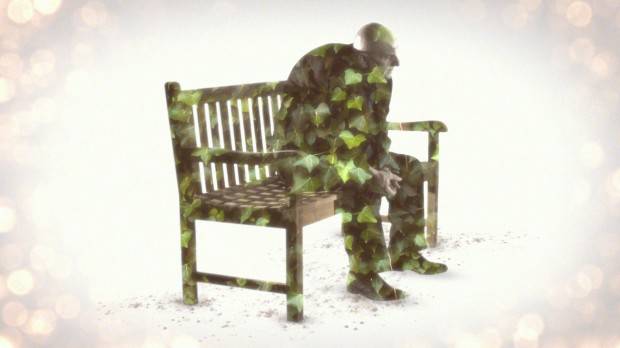
- What restrictions were placed on the film, in terms of time, budget, duration etc., and how much did this inform the artistic choices that you made?
The budget and consequently the time available for the film were pretty tight. However restriction is sometimes the mother of invention. Obviously you have to be mindful of these things but it is not always a bad thing. We had to ask a lot of favours and stretch resources pretty far but the people here at Aardman were incredibly generous with their talents and time. This was partly because of the freedom the project offered. Everybody involved (it was a small team) had a chance to let their own creativity out. We had to be organic in approach but that ultimately benefited the piece. It’s hard to stop because you just want to keep making things better and I do have the odd experiment that I had to abandon. It may have been pretty different with more resources but artistically there was a lot of freedom. More money often means more outside involvement that can sometimes dilute things.
7. The design film feels very driven by the natural environment, from the high frame rate filming of plants to the stop motion figure made out of twigs. What challenges did this “living collage” technique present?
There were a few challenges presented by the living collage technique. The first was simply gathering the materials and preparing things. There was lots of running around woods gathering moss, dandelions, twigs etc. and then actually shooting them in the studio before they curled up or went floppy under the lights. I wanted to use real elements wherever possible so we even did a night shoot in a park. Desperately trying to get the perfect take before the rain began. We got some great footage but sadly not all of it was useable. With high frame rates and resolutions you also generate huge amounts of data very quickly and simply managing that without causing disruption to other productions presented a challenge in itself. There were also the usual animation issues of how to make an organic thing that doesn’t fall apart as you work with it. One of the last hurdles to jump was how the shots weave in and out of each other. It made the film hard to split up and as a result some composites became very lengthy and elaborate. They included CG, stop frame, live action, matte paintings and 3D environments. I learned quite a few things during the process so next time I might make it even more complex.
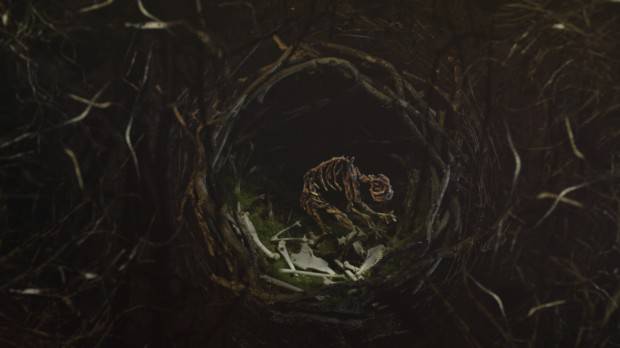
The animation can be seen on the BBC iPlayer and will be shown on BBC One Wales later in October to mark the centenary of the poet’s birth.
The Hunchback in the Park:
The hunchback in the park
A solitary mister
Propped between trees and water
From the opening of the garden lock
That lets the trees and water enter
Until the Sunday sombre bell at dark
Eating bread from a newspaper
Drinking water from the chained cup
That the children filled with gravel
In the fountain basin where I sailed my ship
Slept at night in a dog kennel
But nobody chained him up.
Like the park birds he came early
Like the water he sat down
And Mister they called Hey Mister
The truant boys from the town
Running when he had heard them clearly
On out of sound
Past lake and rockery
Laughing when he shook his paper
Hunchbacked in mockery
Through the loud zoo of the willow groves
Dodging the park keeper
With his stick that picked up leaves.
And the old dog sleeper
Alone between nurses and swans
While the boys among willows
Made the tigers jump out of their eyes
To roar on the rockery stones
And the groves were blue with sailors
Made all day until bell time
A woman figure without fault
Straight as a young elm
Straight and tall from his crooked bones
That she might stand in the night
After the locks and chains
All night in the unmade park
After the railings and shrubberies
The birds the grass the trees the lake
And the wild boys innocent as strawberries
Had followed the hunchback
To his kennel in the dark.


